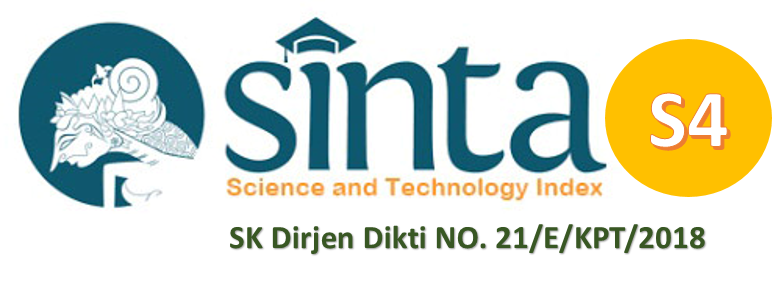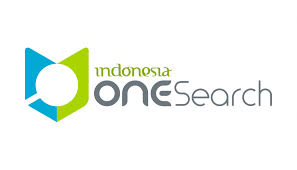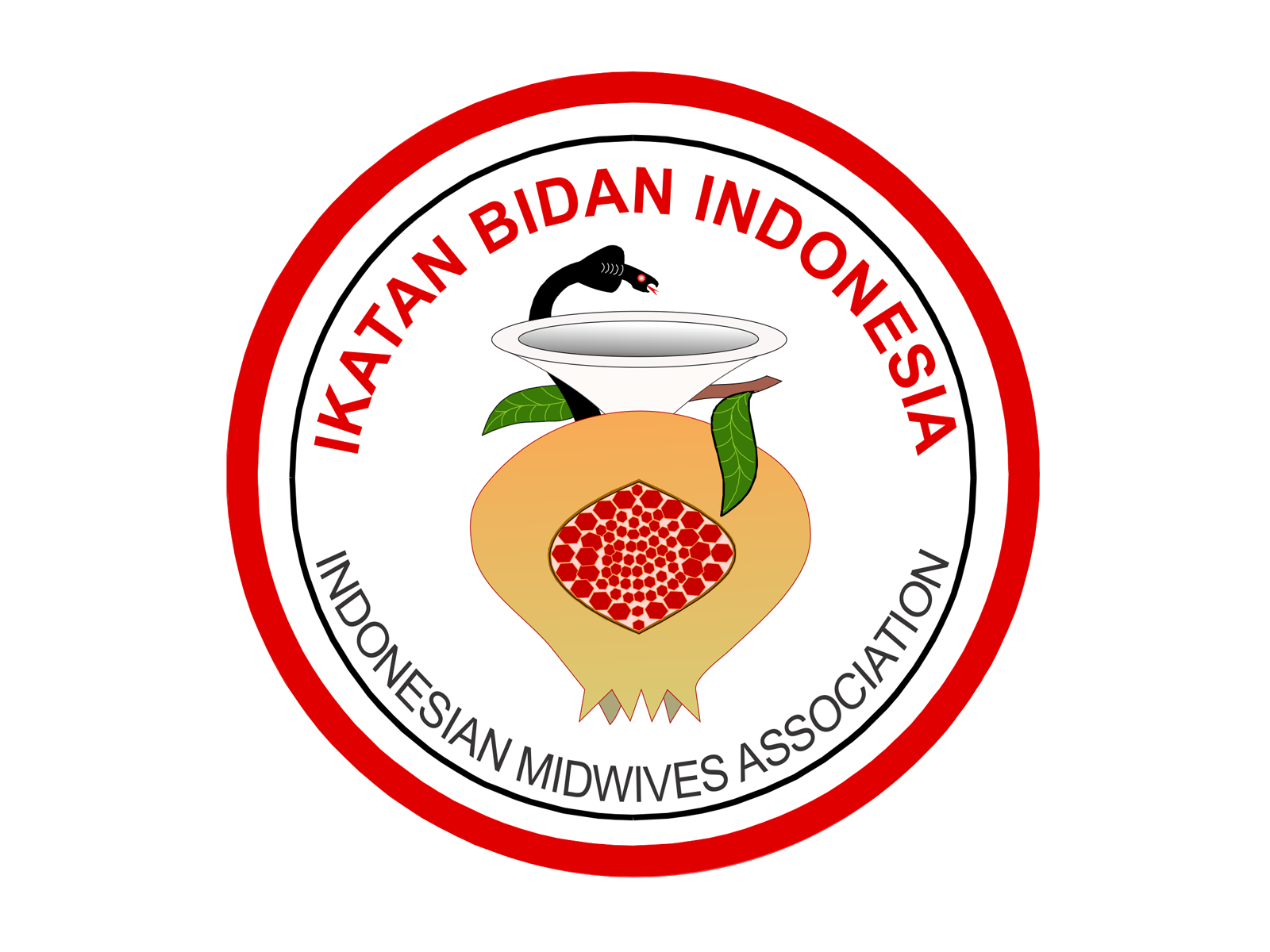PENGARUH STIMULASI PENDIDIKAN TERHADAP PERKEMBANGAN KECERDASAN ANAK USIA 3-6 TAHUN
Abstract
Di Indonesia, pada tahun 2005 terdapat 20,87 juta anak balita, tetapi yang mendapatkan pendidikan dengan baik seperti pada Kelompok Bermain, Taman Bermain dan lainnya yang dikelola oleh pemerintah maupun swasta hanya sekitar 60%, padahal anak merupakan generasi penerus suatu bangsa. Kualitas anak tersebut tergantung pada kualitas tumbuh kembangnya, yang salah satunya dipengaruhi oleh pemberian stimulasi. Jika seorang anak kehilangan kesempatan untuk belajar di usia dini, maka perkembangan otaknya pun akan berlangsung di bawah rata-rata. Tujuan Penelitian ini untuk mengetahui pengaruh stimulasi pendidikan terhadap perkembangan kecerdasan anak usia 3-6 tahun. Penelitian ini menggunakan metode praeksperimental dengan rancangan satu kelompok pretes-postes. Sampel dalam penelitian ini adalah 30 orang siswa Raudhatul Athfal (RA) Baiturrahman, Tasikmalaya yang dipilih berdasarkan randomisasi. Sebelum diberikannya perlakuan, dilaksanakan tes IQ awal dengan menggunakan WPPSI (The Wechsler Preschool and Primary Scale of Intelligence) dan kemudian diberikan perlakuan berupa stimulasi pendidikan selama 3 (tiga) bulan mulai Agustus s/d Desember 2007. Setelah selesai diberikannya perlakuan, dilaksanakan kembali tes IQ akhir, untuk melihat adanya perkembangan kecerdasan pada anak. Data yang diperoleh dianalisis dengan uji t dua sampel berpasangan. Hasil penelitian ini menunjukkan adanya peningkatan nilai IQ pada saat tes awal dan tes akhir untuk IQ verbal sebesar 6,0 unit (92,1 vs 98,1); nilai p <0,001, IQ prestasi sebesar 6,6 unit (104,4 vs 111,0); nilai p <0,001, full IQ sebesar 7,7% atau sebesar 7,5 unit (97,5 vs 105,0); nilai p <0,001; pada anak perempuan IQ sebesar 100,8 vs 107,5 unit; nilai p 0,002; serta IQ anak laki-laki sebesar 94,2 vs 102,5 unit; nilai p <0,001. Dari penelitian ini dapat disimpulkan bahwa stimulasi pendidikan secara bermakna berpengaruh terhadap peningkatan perkembangan kecerdasan verbal, prestasi dan full IQ, serta anak perempuan usia 3-6 tahun memiliki tingkat kecerdasan yang lebih tinggi daripada anak laki-laki.
References
2. Wartanto, Martono H, Rudiyono, Kunarti, Yuniarti. 2004. Sosialisasi Pendidikan Anak Usia Dini : Apa, Mengapa Dan Siapa Yang Bertanggung Jawab Terhadap Program Pendidikan Anak Usia Dini?. Jakarta: Direktorat PADU, Direktorat Jenderal Pendidikan Luar Sekolah Dan Pemuda, Direktorat Pendidikan Nasional. p : 2-8, 10-3.
3. Oyeng. 2003. Masa Balita Tentukan Kualitas Hidup Anak. Jakarta : pikiranrakyat.
4. Banjarmasinpost. 2007. Anak Usia Dini Plus Pendidikan Menjadi Unggul. Jakarta : Kompas.
5. Ayah Bunda. 2003. Tiga Tahun Pertama Yang Menentukan. Jakarta : PT Gaya Favorit Press. p : 2-5, 7-9.
6. Suriviana. 2005. Sesuaikah Tumbuh Kembang Anak Anda-Bag2. Laman web : http://www. infoibu.com/2005.
7. Soetjiningsih, editor Ranuh IGNG. 1995. Tumbuh Kembang Anak. Jakarta : PT Buku Kedokteran EGC. p : 33-8.
8. Ludington SH, Golant SK. 2001. Membuat Anak Cerdas. Jakarta : PT Prestasi Pustaka.p : 5-8 , 13-7.
9. Sahabatnestle. 2006. Stimulasi Untuk
Optimalkan Potensi Kecerdasan Si Kecil. Laman web : http://www.sahabatnestle.co.id.
10. Sofyan M, Madjid NA, Siahaan R. 2003. 50 Tahun IBI, Bidan Menyongsong Masa Depan, Cetakan
Ke II. Jakarta : PPIBI. p : 161-2.
11. Ayah Bunda. 2003. Multiple Intelligences, Mengenali Dan Merangsang Potensi Kecerdasan Anak. Jakarta : PT Grafika Multi Warna. p : 4-7, 9-20.
12. Seniati L, Yulianto A, Setiadi BN. 2005. Psikologi Eksperimen. Jakarta : PT Indeks Kelompok Gramedia. p : 35-9, 40-6, 56-7.
13. Sattler JM. 1974. Assessment Of Childrens Intelligence, Buku I Revised Reprint. Philadelphia : Saunders Company. p : 208-47.
14. Yusuf S, Pengantar Dahlan D. 2005. Psikologi Perkembangan Anak Dan Remaja. Bandung : PT Rosda. p : 22-4, 106-37, 162-77.
15. Piaget J. 2000. Stage Of Intellectual Development In Children And Teenagers. America : American Academy Of Pediatrics. p : 8-9.
16. Gunn JB, Fuligni AS, Berlin LJ. 2003. Early Child Development In The 21st Century, Profiles Of Current Research Initiatives. New York : Teachers College Press. p : 6.
17. Shahib MN. 2005. Pendidikan berbasis kompetensi menuju invensi. Bandung : PT gema media pusakatama. p : 27-32, 46-55, 114-5.
18. Soedjtamiko. 2005. Stimulasi Dini Pada Bayi Dan Balita Untuk Mengembangkan Kecerdasan Multiple Dan Kreativitas Pada Anak. Jakarta : YayasanKesejahteraanAnakIndonesia. p : 5-8.
19. Shahib MN. 2003. Pembinaan Kreativitas Menuju Era Global. Bandung : PT alumni. p : 14-5, 21, 2930 , 34-5.
20. Buzan T. 2005. Brain Child, Cara Pintar Membuat Anak Jadi Pintar. Jakarta : PT Gramedia Pustaka Utama. p : 10-3, 15-7, 20-1.
Please find the rights and licenses in Jurnal Ilmiah Bidan (JIB). By submitting the article/manuscript of the article, the author(s) agree with this policy. No specific document sign-off is required.
1. License
The non-commercial use of the article will be governed by the Creative Commons Attribution license as currently displayed on Creative Commons Attribution-NonCommercial-ShareAlike 4.0 International License.
2. Author(s)' Warranties
The author warrants that the article is original, written by stated author(s), has not been published before, contains no unlawful statements, does not infringe the rights of others, is subject to copyright that is vested exclusively in the author and free of any third party rights, and that any necessary written permissions to quote from other sources have been obtained by the author(s).
3. User/Public Rights
JIB's spirit is to disseminate articles published are as free as possible. Under the Creative Commons license, JIB permits users to copy, distribute, display, and perform the work for non-commercial purposes only. Users will also need to attribute authors and JIB on distributing works in the journal and other media of publications. Unless otherwise stated, the authors are public entities as soon as their articles got published.
4. Rights of Authors
Authors retain all their rights to the published works, such as (but not limited to) the following rights;
- Copyright and other proprietary rights relating to the article, such as patent rights,
- The right to use the substance of the article in own future works, including lectures and books,
- The right to reproduce the article for own purposes,
- The right to self-archive the article (please read out deposit policy),
- The right to enter into separate, additional contractual arrangements for the non-exclusive distribution of the article's published version (e.g., post it to an institutional repository or publish it in a book), with an acknowledgment of its initial publication in this journal (Jurnal Ilmiah Bidan).
5. Co-Authorship
If the article was jointly prepared by more than one author, any authors submitting the manuscript warrants that he/she has been authorized by all co-authors to be agreed on this copyright and license notice (agreement) on their behalf, and agrees to inform his/her co-authors of the terms of this policy. JIB will not be held liable for anything that may arise due to the author(s) internal dispute. JIB will only communicate with the corresponding author.
6. Royalties
Being an open accessed journal and disseminating articles for free under the Creative Commons license term mentioned, author(s) aware that JIB entitles the author(s) to no royalties or other fees.
7. Miscellaneous
JIB will publish the article (or have it published) in the journal if the article’s editorial process is successfully completed. JIB's editors may modify the article to a style of punctuation, spelling, capitalization, referencing and usage that deems appropriate. The author acknowledges that the article may be published so that it will be publicly accessible and such access will be free of charge for the readers as mentioned in point 3.














